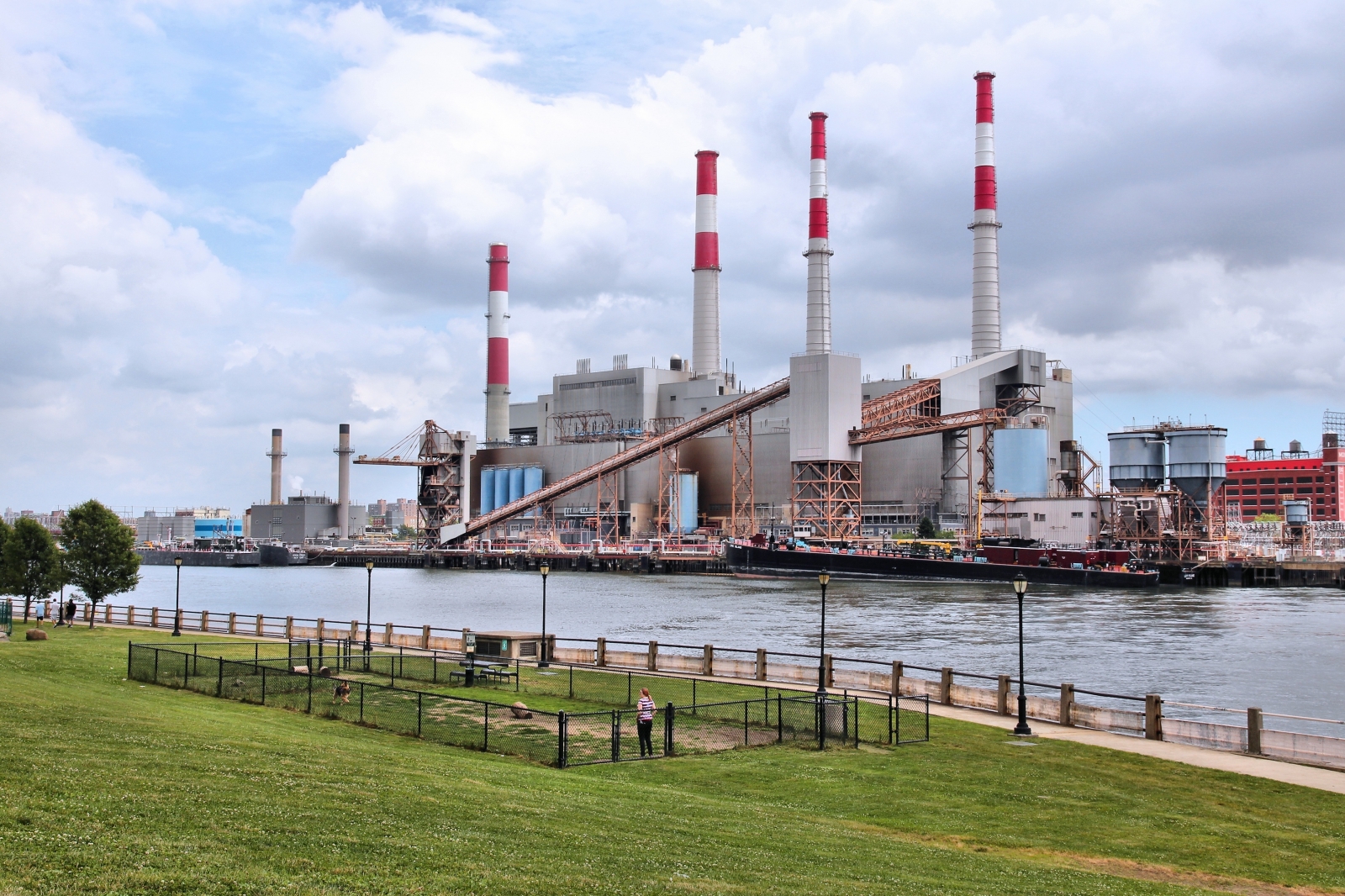
The Ravenswood Generating Station in Queens. There isn’t one reason why electricity is so expensive in NYC — there are many.
Everyone knows that moving to New York City means paying more in rent. But newcomers to the city might also wonder why electricity in NYC is so expensive, as reflected in those monthly Con Edison bills. It’s a good question: New Yorkers typically pay 35 to 40 percent more for electricity than the average of the rest of the country, according to data from the U.S. Energy Information Administration.
New York is not the most expensive state for electricity; it ranked fifth-highest in the contiguous states in a September report compiled by the EIA. So why is electricity in New York so expensive? It’s not just one factor, but several.
Getting Massive Amounts of Energy to a Small Region Is Pricey
About 60 percent of New York State’s electricity is consumed by residents in the New York City area, where only 40 percent of the electricity is created. It costs a little more to transport the additional power downstate from power plants as far away as Niagara Falls. Yet the distance itself isn’t necessarily the reason for the higher cost.
When there are bottlenecks in the system, grid operators may use local generators in areas of very high demand in the city. Ironically, this energy usually costs consumers even more than if it were coming from hundreds of miles away, because these local generators are quite inefficient.
Additionally, New York City residents pay for backup generators, called “peakers,” that are ready to spring into action throughout the year, but may only be used for a few days during peak usage on the hottest days of summer. The city has about 16 of these power plants, some of which sit on barges, like the Gowanus Gas Turbine Facility that floats in Gowanus Bay in Brooklyn. These plants are also used if transmission lines or power plants upstate are jeopardized.
Ordinary, non-peaker generators throughout the state run at above-demand capacity all year long to guarantee electricity for those peak summer days. While it’s important to be prepared for peak usage, there are more cost-effective ways of having electricity accessible. Currently, New York customers pay about $2 billion a year for “idle” capacity, according to the New York Public Service Commission.
Manhattan Rentals Under $2,500 Article continues below
Combating Climate Change Isn’t Cheap
By 2030, Governor Andrew Cuomo wants half of the electricity consumed in New York State to come from renewable sources, like wind and solar. As part of reaching this goal, Indian Point, the nuclear power plant 30 miles north of Midtown along the Hudson River, will be closing in 2021. As of 2015, Indian Point contributed about 25 percent of the electricity in Westchester County and New York City.
That electricity will soon have to come from elsewhere. According to the The New York Times, Governor Cuomo said that the state would invest in wind farms and add transmission lines to carry electricity from a hydropower plant in Quebec down to New York City.
The government’s energy plan not only aims to move toward renewable energy, but also tries to make the system more efficient. And New York utility companies, like Con Ed and others — which own the state’s transmission lines — have come together in recent years to finance upgrades. The cost for these improvements gets passed on to customers all across the state, not just where the upgrades are made.
Aging Transmission Lines Are Costly to Maintain
A large portion of New York City’s electrical network is underground, which makes it more expensive to maintain. And while improvements have been made to the city’s transmission lines, more than 80 percent of them were activated before 1980. The New York Independent System Operator, a nonprofit responsible for operating the state’s electricity grid, estimates that nearly 5,000 miles of transmission lines will have to be replaced in the next 30 years. This will cost about $25 billion, and the expense will get passed on to electricity customers.
You may be shocked by the size of your Con Ed bill, but at least you now know some of the reasons why it’s so high. Unless you’re keeping your air conditioner on throughout the winter. That might also be a reason.
—
Hey, why not like StreetEasy on Facebook and follow @streeteasy on Instagram?